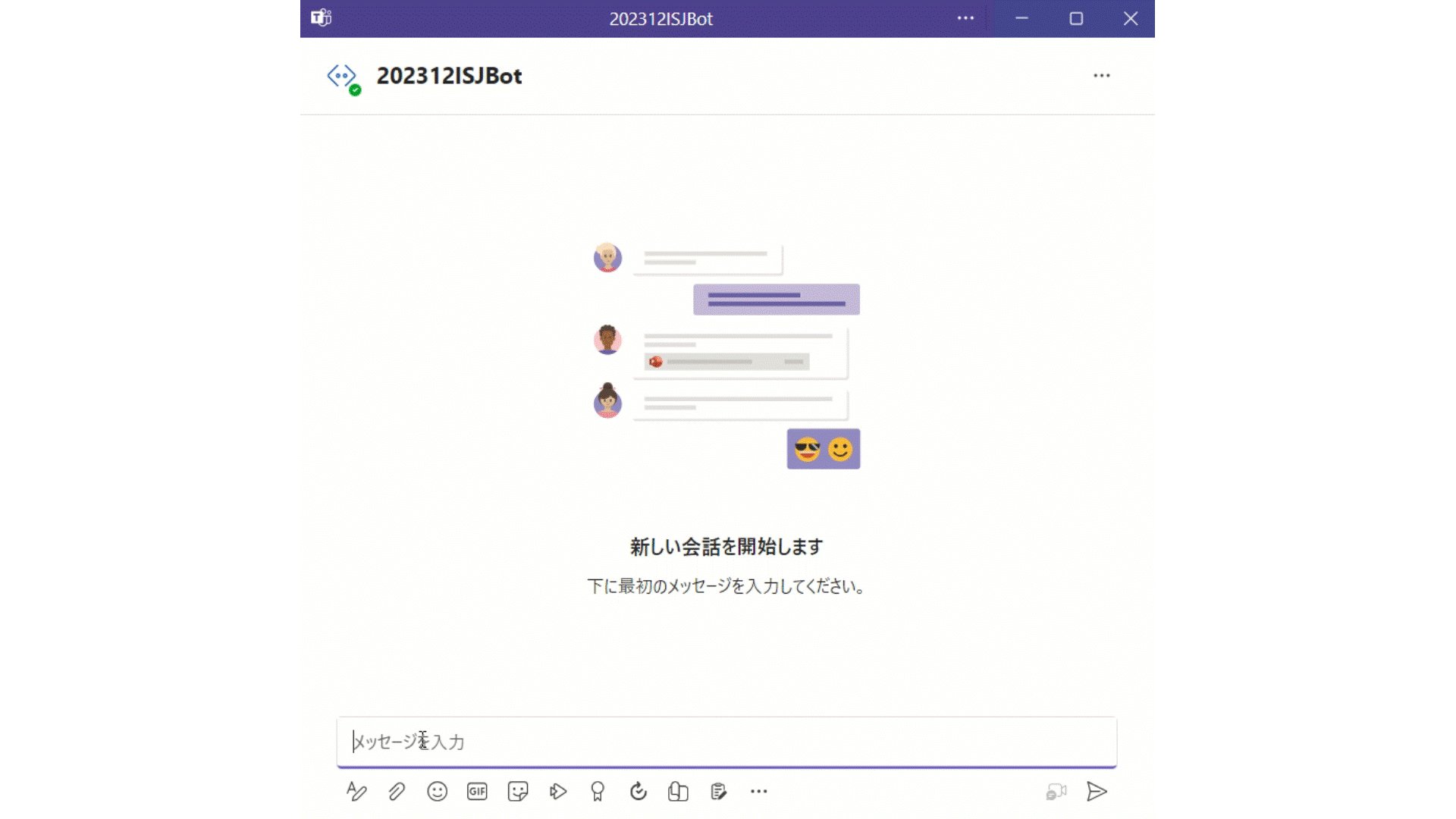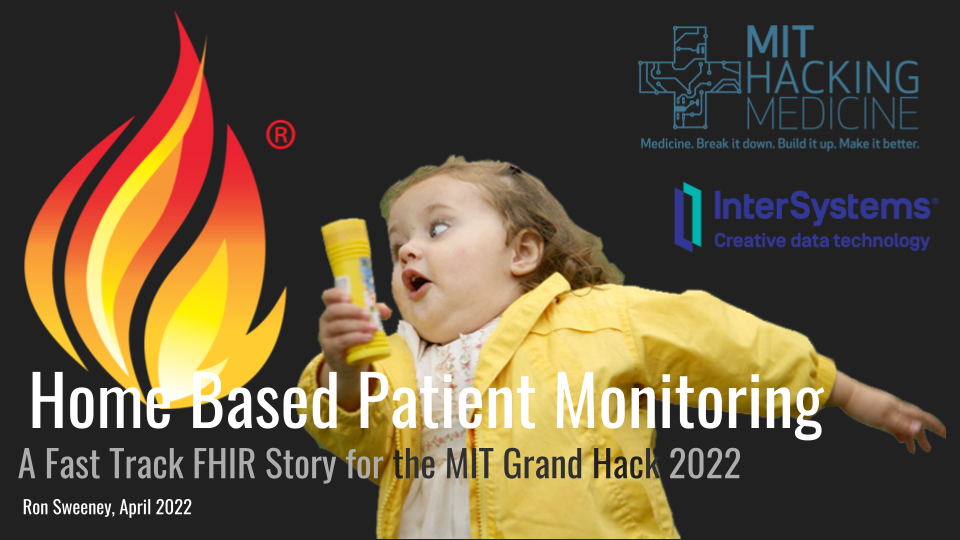In this article, we'd like to describe Med.me's incubation experience and takeaways, the cross-organizational booking problem, and our approach to solving it.
This exciting story started during one of the regular medtech meetups, where I met @Evgeny Shvarov, senior InterSystems chief of the Developer Community. Following the good old startup rule “pitch wherever you can”, I briefly explained to Evgeny Med.me concept – EHR exchange and appointment scheduling platform to automate and simplify communication between clinics, pharma on one hand and insurance companies, doctors, and patients on the other.
Evgeny listened carefully and replied that InterSystems provides plenty of products to solve the interoperability problems amongst the vast variety of EMRs and kindly advised me to hurry up to apply to the FHIR incubator Caelestinus powered by InterSystems.
That led to a start of an amazing 9-months long road where we were able to ramp up our understanding of interoperability, participate at the InterSystems Global Summit, find new customers and partners, and where the new concept of Resource Availability Exchange was born.



.png)


.png)
.png)
